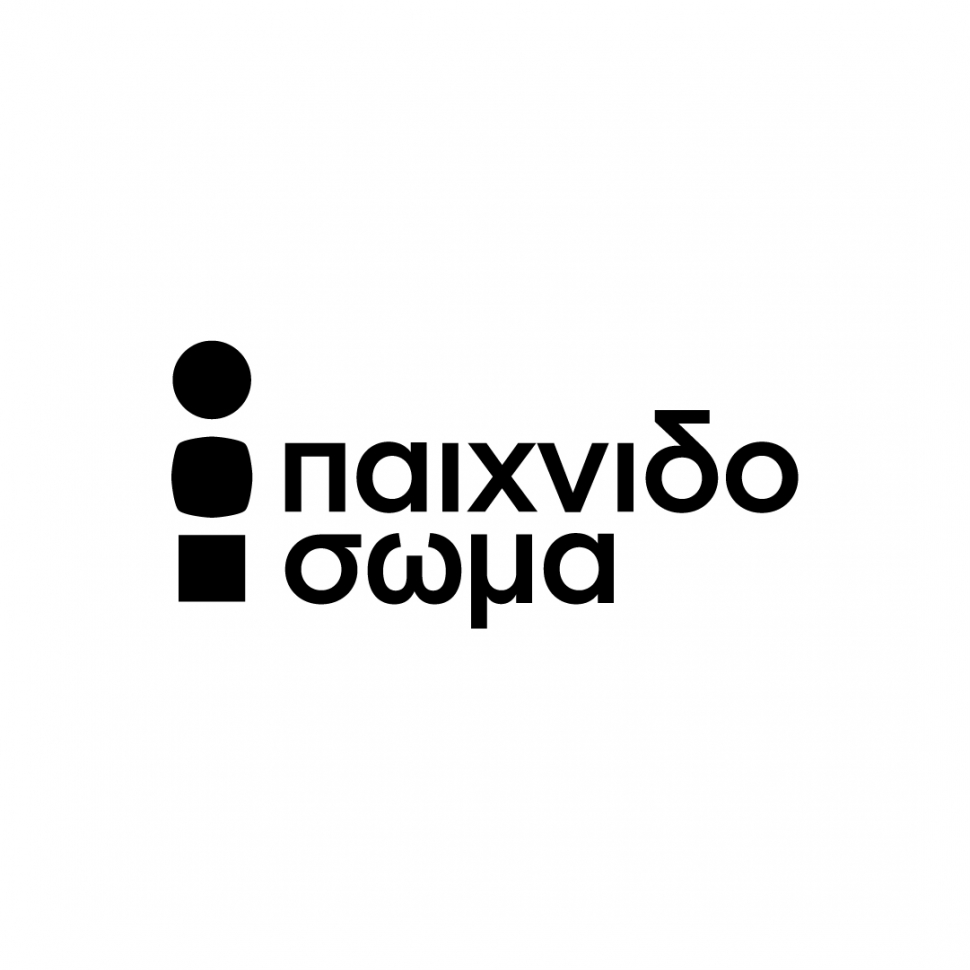PAIXNIDOSWMA (PEHNIDOSOMA)
il y a 5 ansA large body of emerging research evidence indicates that Screen addiction (internet, social media, gaming etc.) is a serious condition.
For young people, excessive “screen” use is often linked with several negative aspects, such as withdrawal from offline activities, social isolation, escape from reality, higher exposure to online risks ( sexually explicit material, cyber-bullying, sexual solicitation, etc.), higher incidence of substance use, poor emotional well-being, and decreased academic performance in adolescents, problems in their social development, physical health, ambition and goal setting, which, finally, affect their employability and citizenship.
The phenomenon seems to be multifactorial. Adolescents personality, the presence of concomitant psychological states (shy adolescents with low self-esteem and difficulty in social skills, adolescents with hyperactivity, behavioral disorders or depressive emotion, etc.), the family environment, traumatic events, etc. play a role. New social conditions (lack of physical relaxation and socialization, parental overwork, and general isolation and lack of communication) may contribute to Internet abuse. Given the socio-economic crisis facing our country, conditions are created that lead to an increase in the impact of the phenomenon due to family dysfunction (parental overwork, unemployment and depressed feelings, lack of compensation, "white" marriages, communication difficulties, etc.).
Age groups of children who are "addicted" to the internet and the effects:
It is common in middle adolescence (15-17 years old), during which adolescents’ experiment and gradually become autonomous, as well as in late adolescence (> 17 years old). Online activities that can lead to addictive behaviours include online games, social networking sites, gambling, online gambling, and pornographic websites. It seems that both sexes are prone, although initially the trend was more about boys. These behaviours are enhanced by the use of portable devices that promote privacy and facilitate access. Adolescents with "addiction" can stop school, be isolated from family and friends, be aggressive with parents, steal money from family to "play", live in a room, not eat or vice versa (to gain a lot of weight), not to exercise and not to sleep for 24 hours. They may not even change their clothes, neglect their hygiene and cleanliness. The above can occur in a milder form during early adolescence. As the adolescent grows and approaches middle adolescence, experimentation and curiosity, not being aware of the danger and the normal reaction to any oppression, become his main characteristics (he is still a growing person), and make him vulnerable and sensitive to addictions. The above is not absolute, since the chronological age may not always be in line with the developmental psychosocial and cognitive stage: a 10-year-old teenager may develop developmentally in middle adolescence and behave accordingly, etc.
Taking under consideration the above, psychoeducation and adolescent counselling is the solution as a preventive measure, while it could also develop as an art therapeutic tool. Indicatively, we mention the innovative program of the Ministry of Health of England with the aim of starting by 2023, during which doctors would prescribe art: music, dance and painting, instead of conventional medications. The prescription will be for "artistic" treatments for diseases such as dementia or lung disease, as well as mental health problems. The "social prescription" can range from dance and song lessons to listening to a personalized music playlist. A National Academy of Social Standards will ensure that general practitioners or physicians across the country are adequately trained to effectively guide patients to appropriate artistic activities.
The " Pehnidosoma " methodology is a comprehensive and constantly evolving method of counselling and education, which results from the synthesis of humanitarian approaches, theatre techniques and movement. It is based on the psychotherapeutic method of C. Rogers, while it aims to encourage the creative action of the individual and the facilitation of human relationships in the group. The core of the method is emotional security and anthropocentric approach, while it has been implemented since 2002 in groups of children, adolescents, adults, in different qualities and social strata, but also for different purposes, such as creative expression, professional enhancement. relationships and treatment. For the study of Rogers' personcentered model, as it appears in the "Pehnidosoma" method, research was conducted, receiving an honorary distinction from the University of Psychological Sciences of Strathclyde.
The aim of the project is to address the methodology of Pehnidosoma to youth who are in risk and/or already in a “screen” addiction phase in order to recover from this.





S'il vous plaît Se connecter pour voir cette section